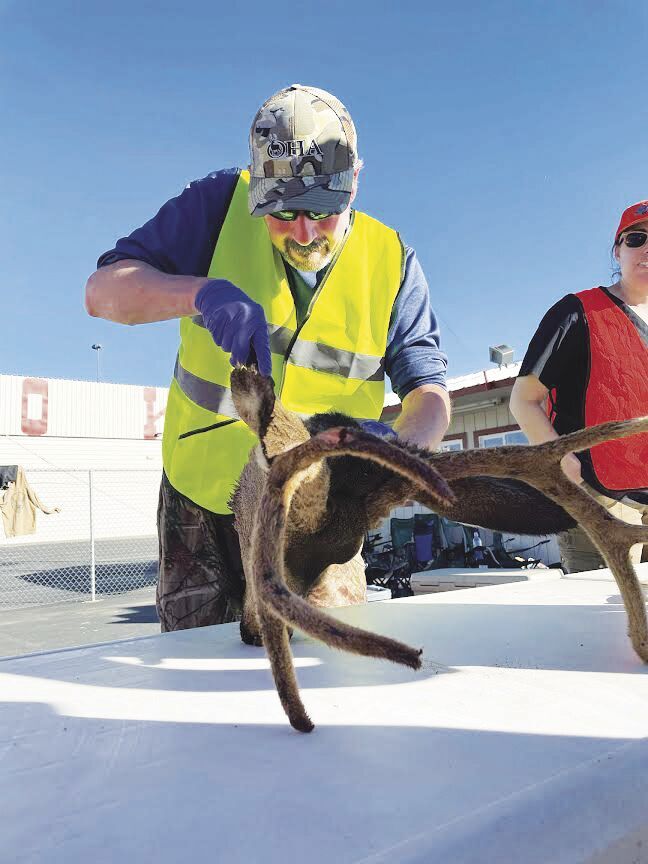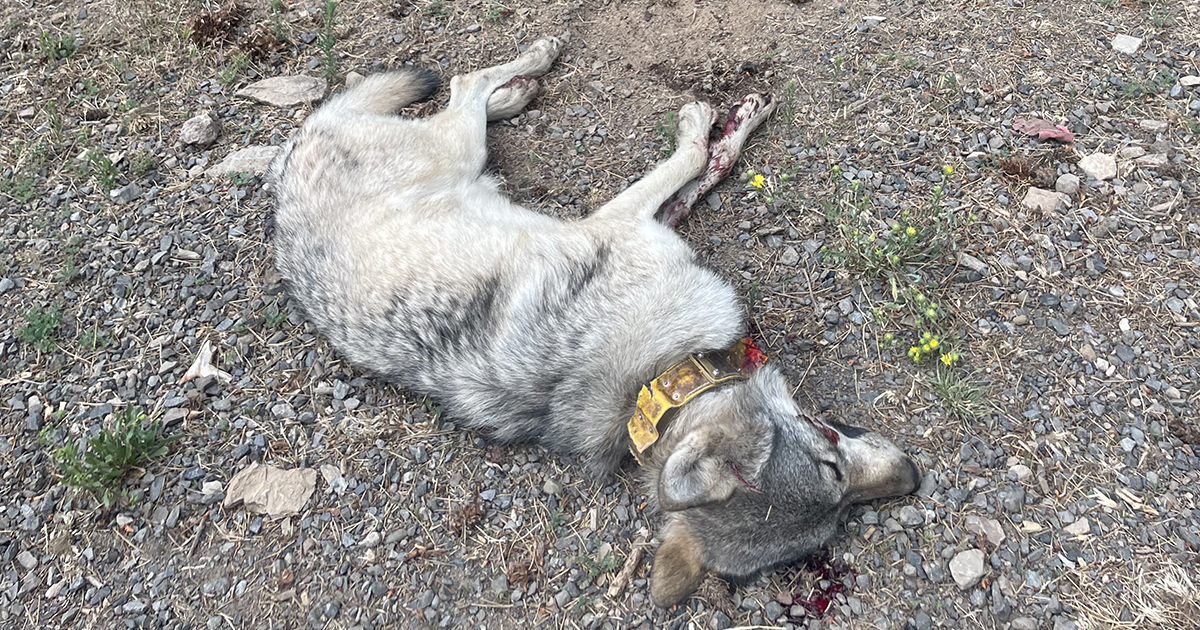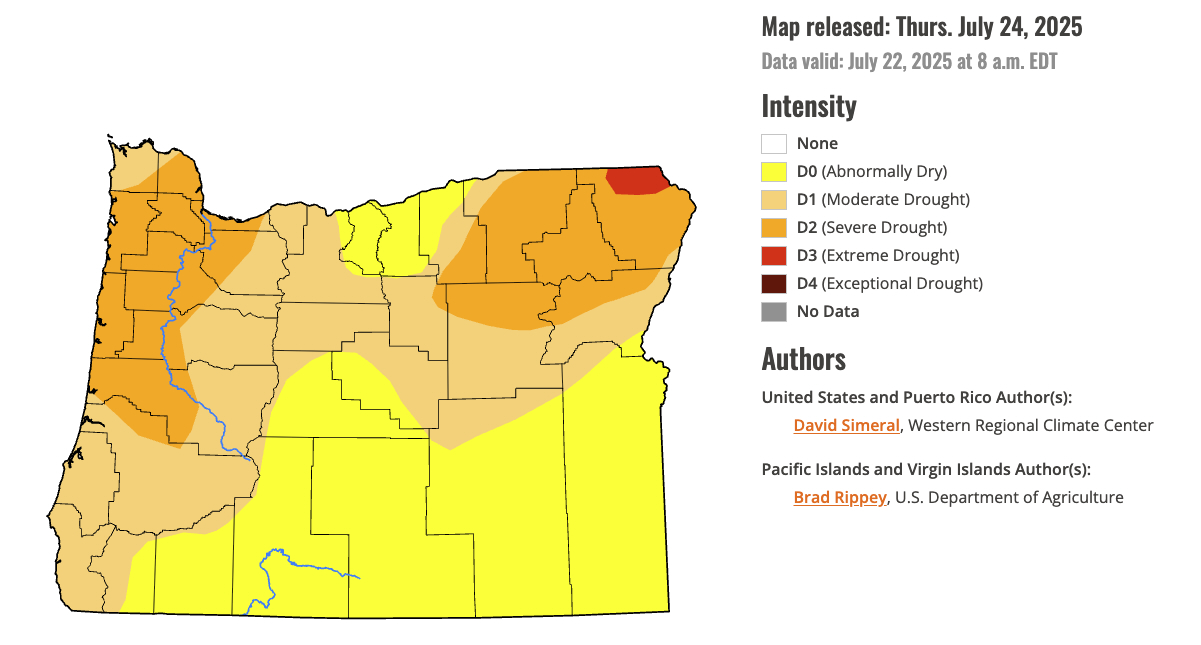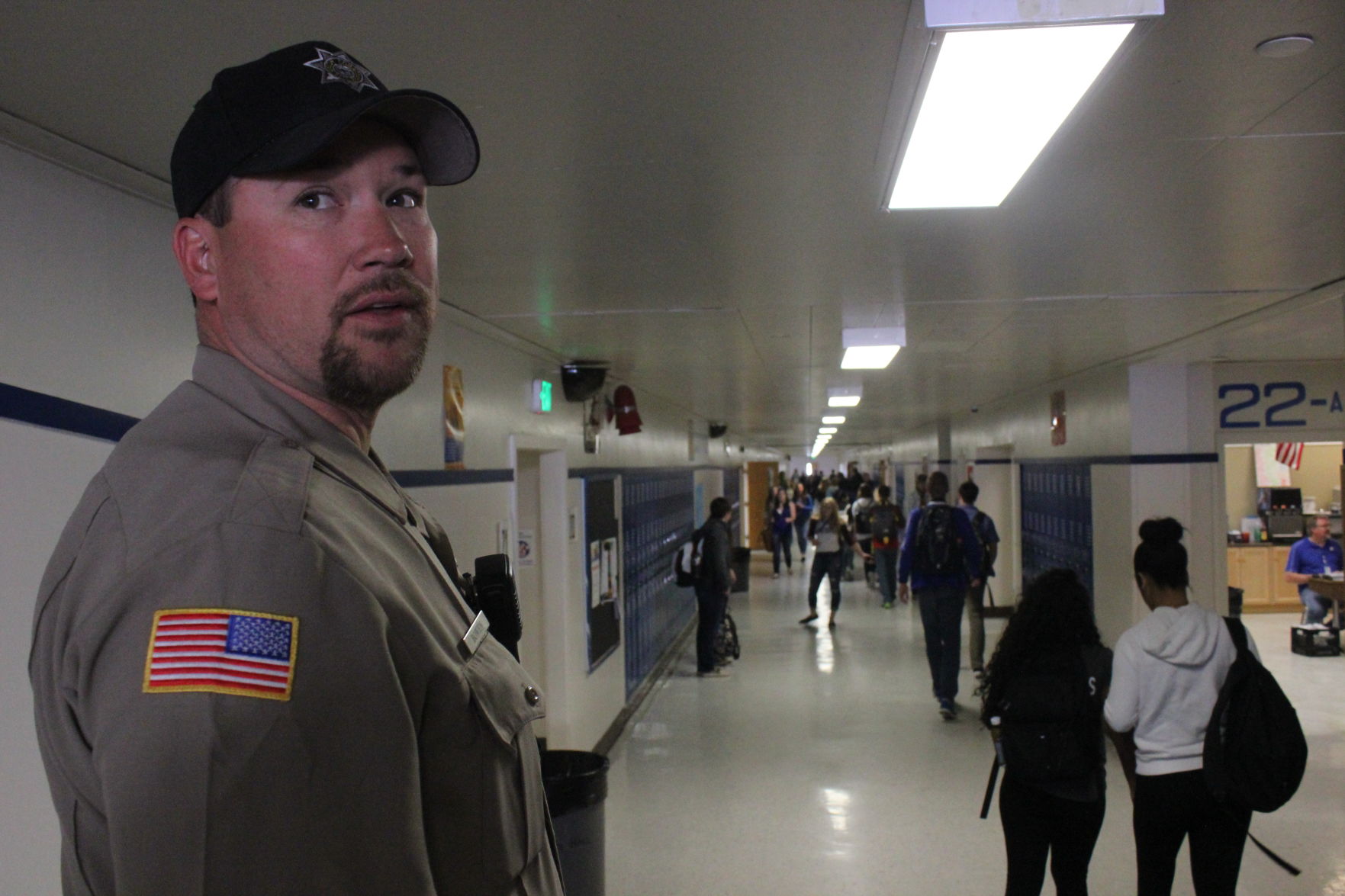Legislature bolsters testing for Chronic Wasting Disease
Published 3:00 am Saturday, April 6, 2024

- Taking a tissue sample from an elk to test for chronic wasting disease.
SALEM — The Oregon Hunters Association is lauding a decision by the Oregon Legislature to allocate more money to test for a disease that is always fatal to deer and elk but has yet to be confirmed in the state.
Trending
The Legislature approved $1.9 million to increase lab capacity for chronic wasting disease testing at the Oregon Veterinary Diagnostic Laboratory at Oregon State University.
The Oregon Department of Fish and Wildlife also received $795,000 to hire several seasonal employees to collect more tissue samples for testing.
Currently, tissue samples collected by hunters are sent to labs outside Oregon, and hunters don’t get results for up to a month, according to a press release from the Oregon Hunters Association.
Trending
Securing additional funding to fight the disease was a two-year process led by Amy Patrick, OHA’s policy director.
“This is a huge win, for OHA, for the sportsmen and women of Oregon, and most importantly, for our wildlife,” Patrick said.
Although the disease has never been found in Oregon, two infected mule deer were found in Idaho, within 30 miles of the Oregon border, in 2021. There is no cure or treatment for CWD.
The disease has also been confirmed in Rocky Mountain elk and white-tailed deer in Idaho near the Oregon border.
ODFW has sampled more than 28,000 deer and elk for CWD over the past 20 years, including animals killed by hunters or by vehicles, as the disease began to spread from Colorado and Wyoming to other states due to animal migrations and movements of live animals and carcasses by people.
Once an animal is infected, it can take several years for symptoms to appear, so in most cases deer and elk that test positive for the disease will appear normal and healthy. That’s why ODFW tests as many animals as it can, including both hunter-harvested and roadkilled deer and elk. Oregon’s captive elk facilities are also assisting in the state’s surveillance by testing all of their captive animals that die beyond the age of 6 months.
What is CWD and can humans get it?
Chronic wasting disease affects members of the cervid family such as deer, elk and moose. It is an always fatal, infectious disease caused by a protein called a prion. It is spread by nose-to-nose contact between animals and through urine, feces, blood and saliva. The more animals are congregated, the easier it is for CWD to pass from one animal to another, which is why baiting and feeding deer and elk is a risky practice and discouraged to prevent disease spread.
The prions are shed in feces and urine by live, infected animals or in the carcasses of animals that died infected with the disease. Prions can also persist in soil for years, potentially infecting other animals into the future. Many states, including Oregon, ban the import of certain animal parts, such as brain and spinal column, from other states (see Parts Ban for more info). This regulation limits the chance that infected brain or spinal column will be discarded on the landscape to potentially infect an Oregon animal.
Infected animals can spread the disease for several years before showing symptoms (which include loss of balance, drooling, emaciation or wasting). So, testing apparently healthy deer and elk early in the course of the disease when they are not showing symptoms is the most effective method to catch the disease before an animal has spread the disease across the landscape and to other animals.
There is no evidence that humans can contract CWD from eating or handling meat from an animal infected with the disease. However, humans are susceptible to other similar diseases such as mad cow disease from the cattle form of this prion disease and Creutzfeldt-Jakob disease, which is a naturally occurring human-form of a similar prion disease. The Centers for Disease Control and Prevention recommends caution and provides information on preventative steps hunters can take to be as safe as possible
For more information on CWD visit myodfw.com/CWD.









